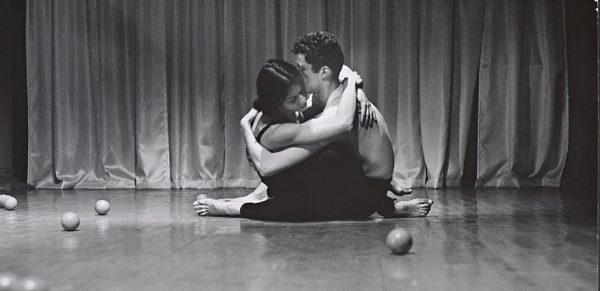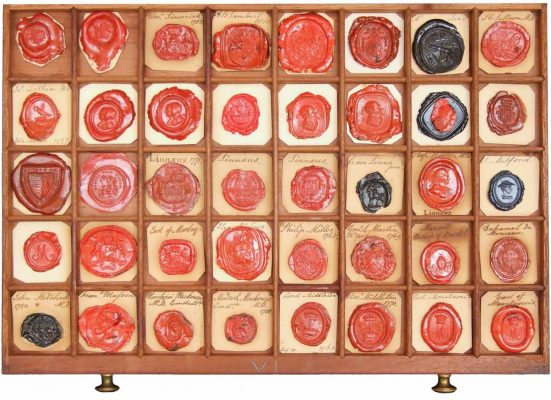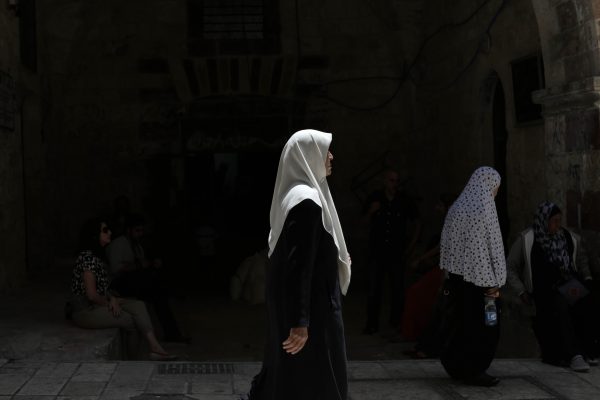TWO DAYS BEFORE WE WERE SCHEDULED TO MEET, Yvonne Rainer walked into the gallery I was looking after for a friend and caught me leafing through her autobiography. When I met the great dancer, choreographer and film-maker in her Manhattan apartment I was too shy to ask whether or not she had noticed what I was reading. I hesitated to ask because Feelings Are Facts is so sincere that it makes you feel you know Rainer intimately. Her writing is as direct as her dance. In the introduction to the first chapter, she approaches the reader: ‘If you’re interested in Plato, you’re reading the wrong book. If you’re interested in difficult childhoods, sexual misadventures, aesthetics, cultural history, and the reasons that a club sandwich and other meals – including breakfast – have remained in the memory of the present writer, keep reading.’
That straightforward approach is evident in the way Rainer speaks. When we meet she says, ‘My syntax when I speak is not to my liking. I don’t finish sentences or I interrupt them.’ As I transcribed the recording of our conversation, I marvelled not only at Rainer’s honesty, but also at how exacting she is: she remembers every detail, and has a penchant for storytelling. As she describes her relationships, work, ambitions and memories, I am struck by how appreciative she is of her contemporaries: Rainer studied with Merce Cunningham and Martha Graham, lived with Robert Morris, danced with Trisha Brown and Steve Paxton. That history comes alive whenever Rainer talks: widely credited as one of the central figures of contemporary dance, she complements accounts of her own practice by delineating that of her contemporaries. We talk a lot about her early work, the focus of her recent solo exhibition at London’s Raven Row, and many of those accounts go back to the flurry of activity of the Judson Dance Theater at the Judson Memorial Church in Greenwich Village in the early 1960s.
2012 marked the fiftieth anniversary of the first dance performances at Judson. It was celebrated with a burst of conferences, screenings of the few documented performances to have taken place at the church, and a number of exhibitions. In the past two years, Rainer has had four museum solo shows: at the Getty Research Institute in Los Angeles (which also bought her archive); the Museum Ludwig in Cologne; the Kunsthaus Bregenz in Austria; and Raven Row. The last, Yvonne Rainer: Dance Works, was unique in its inclusion of a live dance programme. Visitors saw a forty-five-minute presentation of four of Rainer’s early dances, as well as materials from her archive: photographs documenting her work in the 1960s (‘snapshots filled with shaggy-haired people having lots of fun’, according to the Guardian), recordings, notes and scores written by Rainer, and a selection of films representing a fraction of Rainer’s celebrated career as a film-maker. But Rainer isn’t busy looking back. She tells of her life, of working and performing into her seventies, what inspires her, and what she can’t keep up with (which is very little). Rainer is so perceptive that I begin to doubt she didn’t notice what I had been reading in the gallery. When our discussion moves on to the visual arts, she begins recounting how she spent a day that weekend seeing exhibitions on the Lower east side. She looks me in the eye and starts to laugh.




